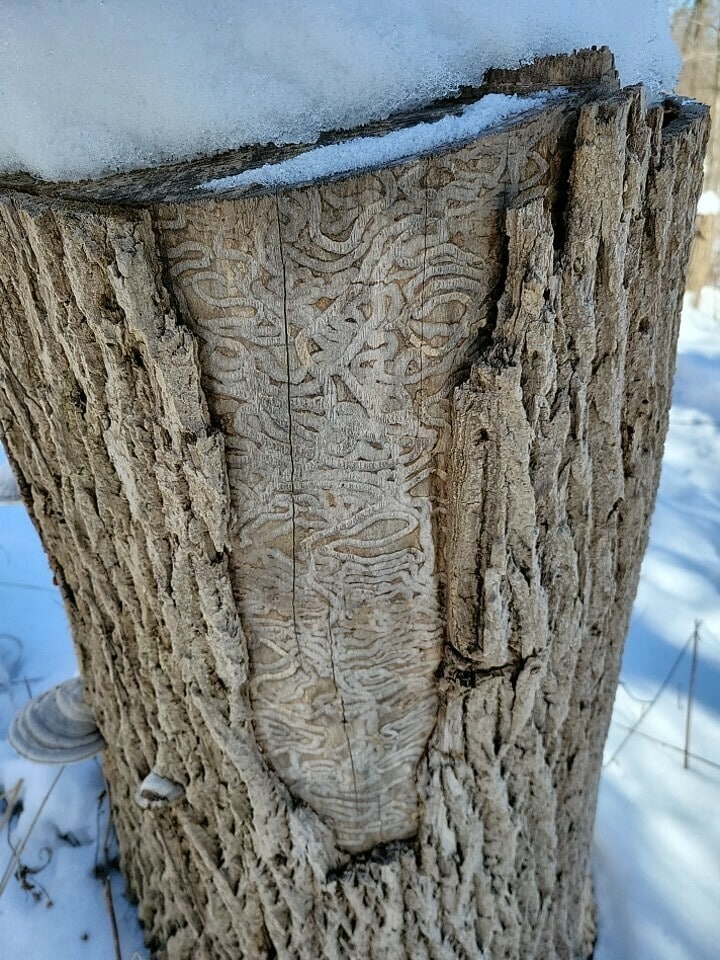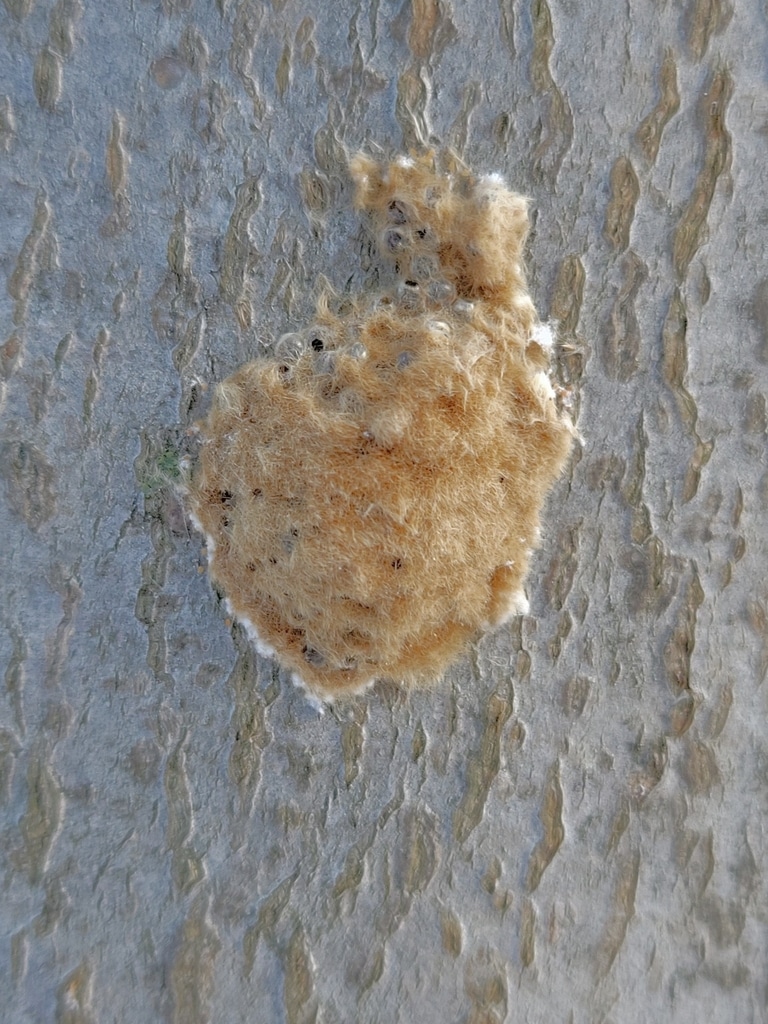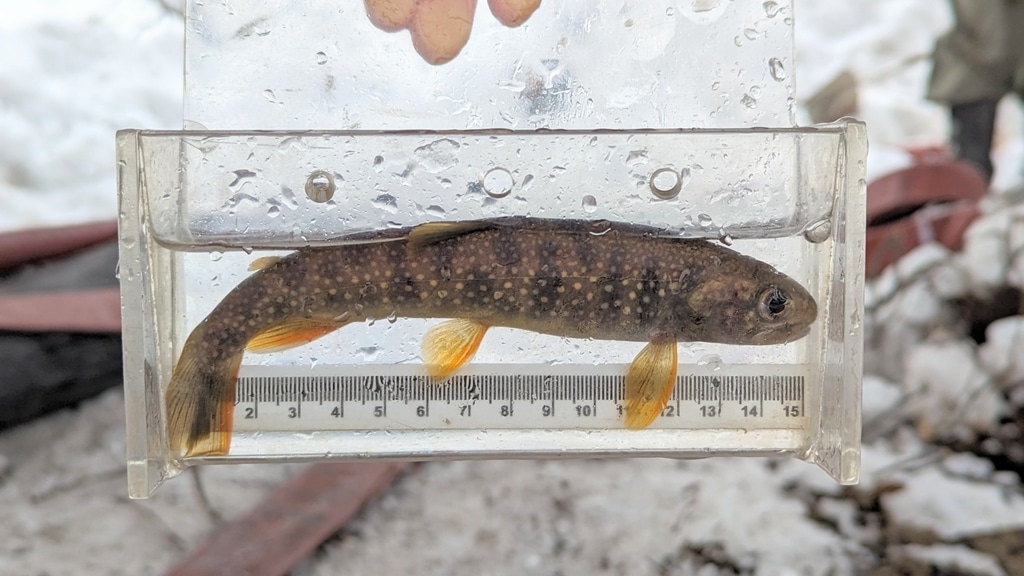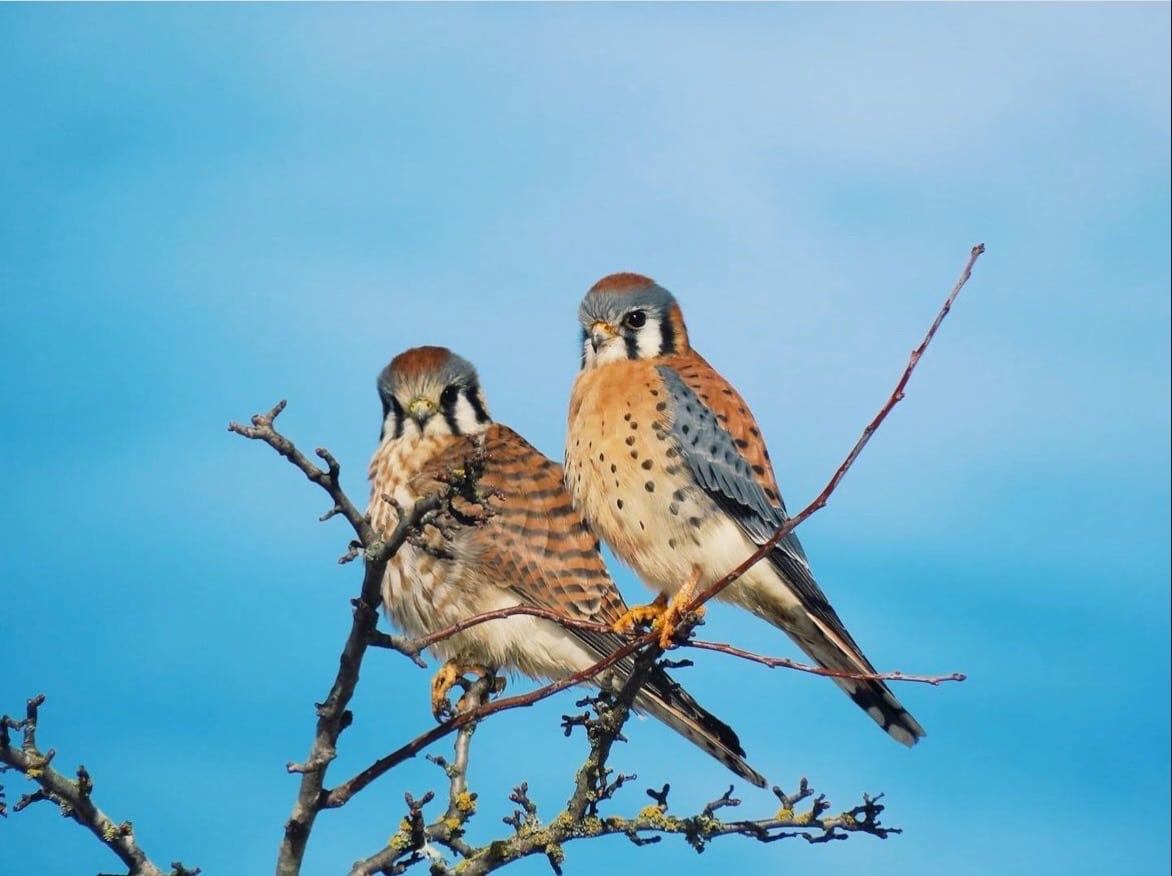By Erin Springinotic | March 23, 2023
In February, the I Spy and Identify Invasives project made 4,917 observations of 942 species. 193 people observed and reported native and invasive species across Canada and our network grew by 14 new individuals (and counting) – welcome to our new members!
February’s reports included 450 observations of 132 different introduced and invasive species. The month’s totals included these sightings:
- 2 observations of Emerald ash borer (Agrilus planipennis) in Hamilton, Ontario. Originating from Asia, this species feeds on ash trees (Fraxinus spp.) and has spread rapidly throughout Ontario. Emerald ash borers lay their eggs on ash trees, and hatched larvae tunnel under the tree’s bark, cutting off the flow of food and water and resulting in tree death. This invasive insect is easily spread over long distances by people moving infested firewood, lumber, and woodchips. Remember: buy and burn local firewood. Moving firewood, to or from a campground or cabin, can spread invasive species and diseases that destroy our forests and affect air and water. Protect our forests by keeping firewood local!

- 1 observation of Spongy moth (Lymantria dispar dispar) in Hamilton, Ontario. Spongy moth is native to Europe, Eurasia, and North Africa and is now widespread in the Eastern United States and Canada. Spongy moth caterpillars feed on over 300 species of deciduous and coniferous trees and are capable of defoliating entire trees. These moths lay their eggs on flat surfaces, like tree trunks, shipping containers, and even vehicles, allowing them to spread to new areas. Remember to check your vehicles, trailers, and gear, and keep them clean to prevent Spongy moth and other invasive species from spreading to new areas.

- 1 observation of Hounds tongue (Cynoglossum officinale) in Calgary, Alberta. The leaves of Hound’s tongue resemble the shape of a dog’s tongue, hence the name. This invasive biennial can produce 2,000 – 4,000 barbed seeds per year that spread by clinging to clothing, livestock, and wildlife. Hand pulling these plants and removing flowering stems before seeds appear are the best ways to prevent this plant’s spread. Stop the spread of Hound’s tongue and other invasive species by practicing Play, Clean, Go.
The following species at risk were also reported throughout February:
- 1 observation of a Little brown bat (Myotis lucifugus) in Vancouver, British Columbia. Little brown bats are endangered in Canada, largely due to the invasive fungus Pseudogymnoascus destructans that causes White-nose syndrome (WNS). This fungus thrives in cool, moist environments and infects hibernating bats by attacking their skin and damaging their wings. WNS can cause infected bats to wake up during hibernation and attempt to groom the fungus from their bodies, resulting in energy loss and eventual death by dehydration and starvation. This syndrome has not yet been observed in BC, but its risk of arrival is high. Humans can unintentionally spread the fungus that causes WNS, so it is critical to decontaminate clothing and equipment that have been in bat habitats (such as caves and mines).
- 1 observation of Dolly varden char (Salvelinus malma) near Telkwa, British Columbia. Dolly varden belong to the salmon and trout family, with members that are anadromous (living in both fresh and saltwater) or non-anadromous (freshwater only). Dolly varden populations are sensitive to habitat changes, including disruption of migration routes and sedimentation. Their populations have declined due to urbanization, dam construction, industrial activity, and overfishing. Are you an angler looking to learn more about protecting Dolly varden and other native fish habitats? Take our free Invasive-Wise Anglers course through our eLearning Centre today!

Thank you for your iNaturalist observations and reports. As we approach Invasive Species Action Month, we encourage you to brush up on your invasive species identification skills by taking our free online courses, such as Priority Marine Invasive Species and Priority Freshwater Invasive Species. Stay safe out there, and happy iNatting!
Erin works in Outreach Support at ISCBC. She is grateful to live on the traditional territories of the Songhees, Esquimalt, and W̱SÁNEĆ peoples, also known as Victoria. In her spare time, she loves wandering around in the woods. You can reach Erin at espringinotic@bcinvasives.ca.
Share


















